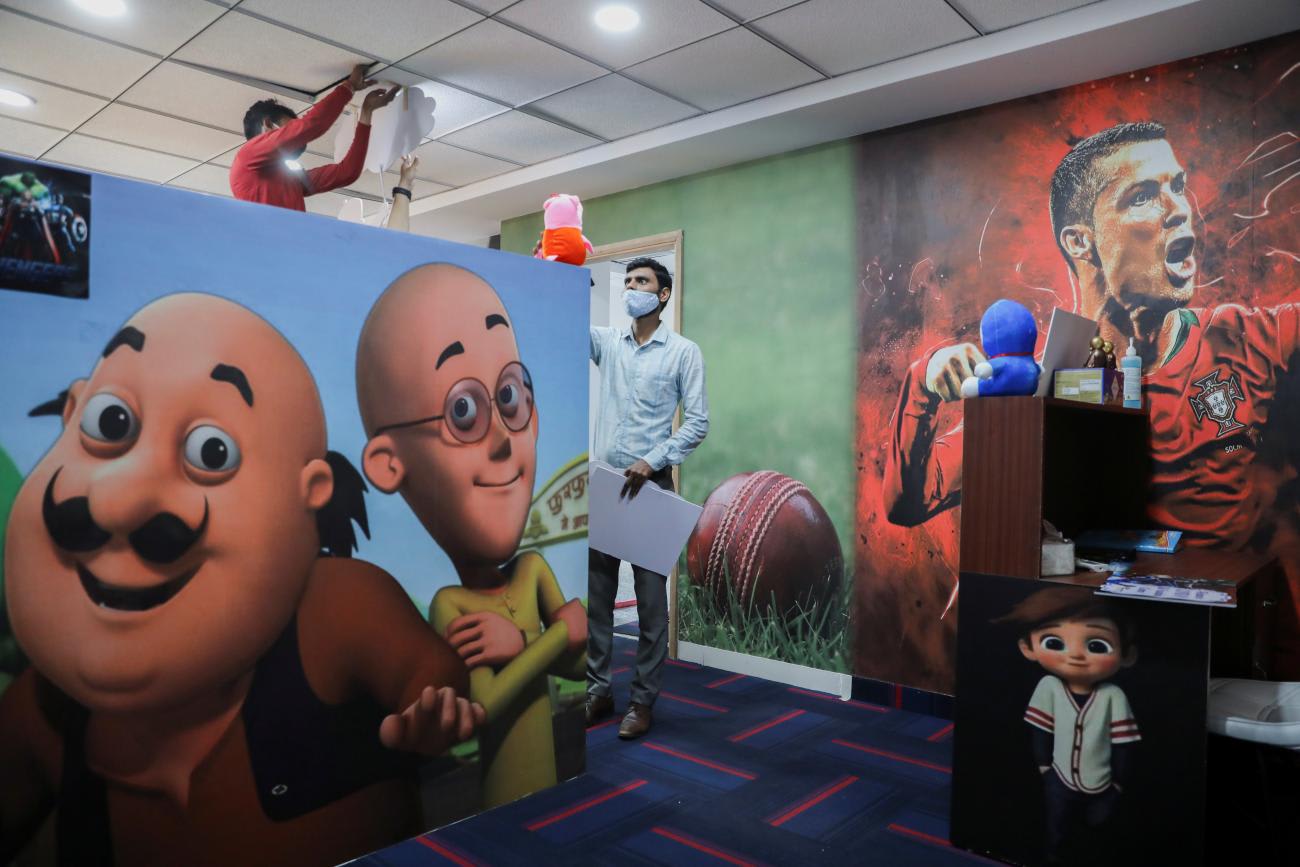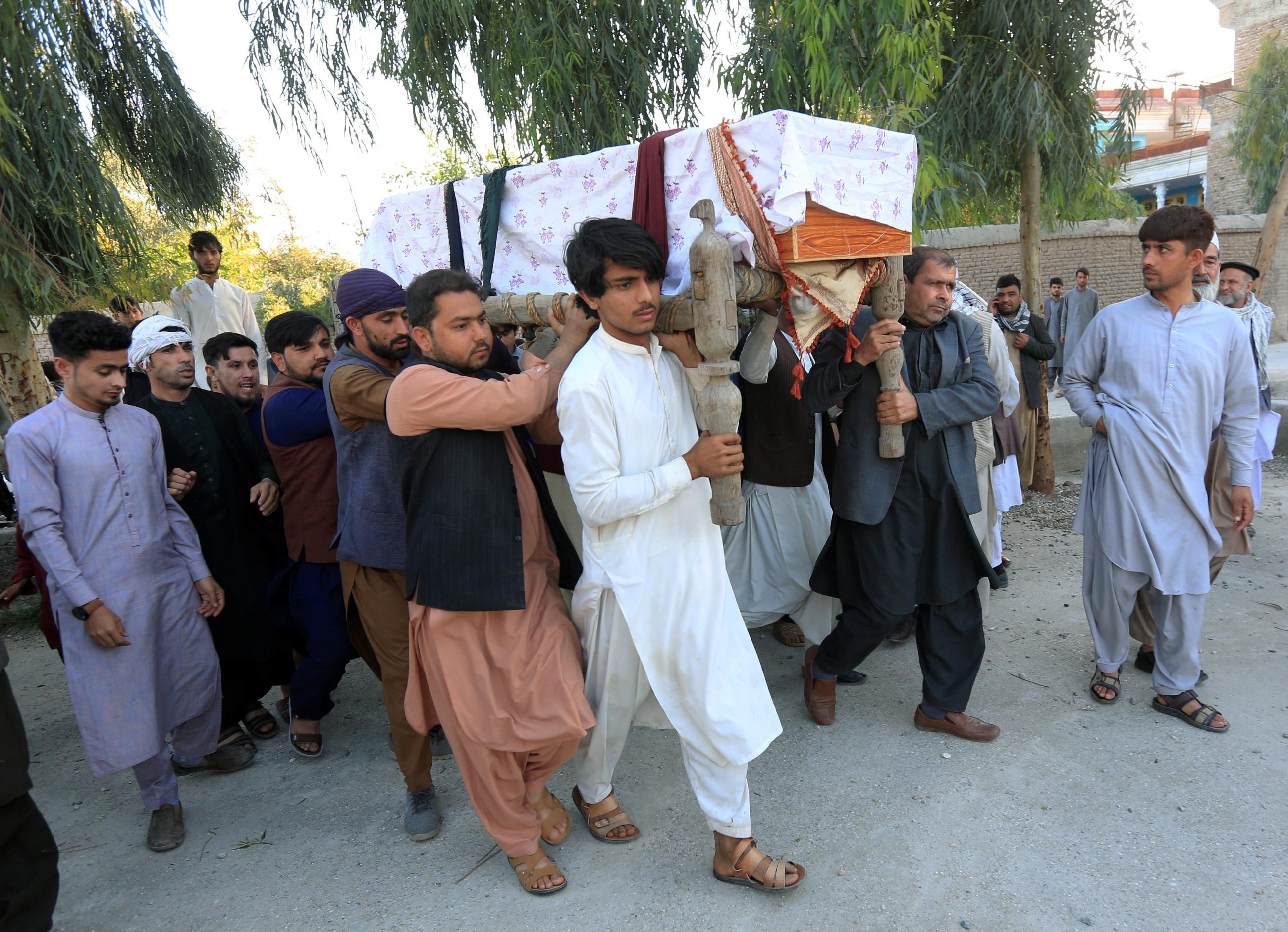The recent discovery of polio in New York City wastewater, the detection of a case of vaccine-derived polio in New York State, the June discovery of the same variant in sewage wastewater in London, and wild poliovirus cases in Malawi and Mozambique have rung alarm bells on the dangers of polio. Public health authorities quickly engaged in vaccination campaigns to prevent further spread among the unvaccinated in these locations. But one must wonder whether these instances portend future outbreaks in previously polio-free countries if the world does not finish the job of eradicating polio, a disease with no cure, which can cause death or lifetime paralysis.
Polio vaccines were developed in the 1950s, but by 1988 there were still more than 350,000 annual cases of polio globally. The World Health Assembly at that time declared the goal of eradicating the disease. Since then, the Global Polio Eradication Initiative (GPEI), governments, and twenty million volunteers have come tantalizingly close to reaching their objective. Wild poliovirus is now considered endemic in only two countries, Afghanistan and Pakistan. The number of confirmed wild polio cases was eight in 2021—a drop of over 99.99 percent: the world was almost there.
Oral polio vaccine has created problems in areas with poor water and sanitation where populations are seriously under-immunized
Many countries, including the United States, use inactivated polio vaccine administered through injection. Lower income countries, however, generally use the cheaper and easier to administer oral polio vaccine (OPV). I can attest it doesn't take much training to place two drops of the vaccine into a person's mouth. I was last vaccinated for polio by the prime minister of the Democratic Republic of Congo, when I spoke at the nationwide polio campaign launch in Kinshasa several years ago. Anybody can do it.
But OPV has created another set of problems in areas with poor water and sanitation where populations are seriously under-immunized. OPV contains a live but weakened form of the virus, which immunized children can excrete in their stools into the water system. While this helps immunize others, the weakened viruses over time can mutate into a variant that can paralyze. The lower the population immunity, the longer these viruses survive. Last year, dozens of countries had such cases. An innovative new vaccine, nOPV2, has the potential to stop the outbreaks more sustainably as it is less likely to be associated with emergence of this vaccine-derived polio in low immunity settings.
The six core partners of GPEI—the World Health Organization, UNICEF, the U.S. Centers for Disease Control and Prevention, Rotary International, the Bill & Melinda Gates Foundation, and Gavi, the Vaccine Alliance—deserve great credit for other innovations they have brought to polio efforts that also benefit other health programs. One example: the 2014 Ebola outbreak killed more than 11,000 people in Guinea, Liberia, and Sierra Leone—but only eight in Nigeria, where staff from the GPEI-funded Emergency Operations Center (EOC) in Abuja were pivotal in quickly ending it. Public health EOCs have proven so valuable, African Union leaders in July issued a call to action to strengthen them across the continent.

In the fight against disease, top-level leadership continues to be an important, often determinative factor in ensuring that all levels of government fully support the efforts. GPEI has long engaged in advocacy with country leaders, whether from polio-affected countries or donor governments. While at the Bill & Melinda Gates Foundation, I accompanied Bill Gates to a 2010 meeting with Nigerian President Goodluck Jonathan, in Abuja, during his second month in office. The president seemed not to know the details of the polio situation in the country. In a meeting more than a year later, President Jonathan described in detail progress in eliminating polio in particular areas administered by local government councils. Advocacy works.
But the question arises, can this global effort finish the job? The initiative made dramatic progress early on, when polio was widespread, and parents were highly motivated to have children vaccinated against the disease. As the polio program nears its goal, however, it faces delays and new challenges. Now, with only a handful of polio cases each year, parents in countries where polio is circulating generally are more concerned about other diseases, clean water, sanitation, food security, and a host of other problems in their daily lives. Polio vaccinations simply aren't the family priority they once were.
GPEI has admitted that the final stretch is the hardest. Many of the biggest remaining challenges revolve around social, cultural, religious, security, conflict, and humanitarian concerns rather than the technical ability to run a quality vaccination campaign. Parents' reluctance to have their children vaccinated, a growing global concern known as vaccine hesitancy, has become a greater impediment. Since the political transition in Afghanistan, the polio program has gained access to many previously unreachable children but too many children remain inaccessible. And there have been tragic killings of vaccinators and security officials in polio campaigns in Pakistan and elsewhere. It's heartbreaking to realize that people have died simply for trying to keep children in their community from being paralyzed by polio.
"For countries affected by polio, it is imperative that you reach every last child"
WHO Director-General Tedros Adhanom Ghebreyesus
To succeed, country programs need to reach "zero-dose" children (those who have never received a single dose of any vaccine) in areas where polio still spreads. Those children need not only polio vaccine, but also other essential inoculations. In an ominous sign for disease control, the WHO and UNICEF reported in July that the pandemic fueled the largest continued decline in childhood vaccinations in three decades. GPEI has had to adapt to this new reality in the end-stage of polio eradication; the program now places greater emphasis on integrating its efforts with other community-level health and development programs. And polio program leaders are very aware of their obligation to ensure a smooth transition of polio assets to other health programs as GPEI nears its eradication goal. In June, WHO issued a seminal report describing how the pandemic highlighted the polio network's benefits to emergency preparedness and response, including support for COVID-19 vaccine rollouts, and the value of immunizations and disease surveillance. The polio transition provides the opportunity to retain polio expertise to build more robust health systems.
WHO Director-General Tedros Adhanom Ghebreyesus told the World Health Assembly in May, "For countries affected by polio, it is imperative that you reach every last child, and that you respond to vaccine-derived strains with the same urgency as you would to a wild strain. For countries that are now polio-free, it is crucial to accelerate efforts to use your polio assets and infrastructure to build stronger, more resilient health systems. And for all partners and donors, please help us seize the moment to raise predictable funding for eradication and transition."
GPEI's new strategy places communities at the center, emphasizes the polio program's integration with broader immunization efforts under the global strategy called Immunization Agenda 2030, and addresses gender-related barriers. In October, the German government will host a polio pledging event, though in an era filled with economic uncertainty some donor governments may find it difficult to announce contributions toward GPEI's $4.8 billion financial needs for 2022-2026. The funds will pay for vaccinating 370 million children annually for the next five years while continuing to track and control vaccine preventable diseases and potential viral threats in fifty countries.
In light of these considerable programmatic and financial challenges, the alternative—controlling rather than eradicating polio—may sound appealing to some. But I find it to be a scary prospect because that would be a decision to allow a global resurgence of polio. GPEI's modeling shows that achieving eradication could save an estimated $33.1 billion this century, compared to the price of controlling polio outbreaks. The world has already made a huge investment in polio eradication: from 1988-2020, over $18 billion was provided by more than one hundred public and private sector donors toward that goal. Are we really ready to give up now?
It is a risky endeavor to predict the date when a disease will be eradicated; there are too many uncertainties. But I am not ready to give up, and I believe we need to maintain our efforts knowing that eventually we will reach the goal. I am haunted by a statement made by former WHO Director-General Margaret Chan at a polio event years ago. She pondered what the world would be like if we didn't provide sufficient funding to reach the eradication goal and asked if, in the decades ahead, we would be able to look a paralyzed child in the eye and say, "We came very close to eradicating polio—but we gave up because it was hard."













